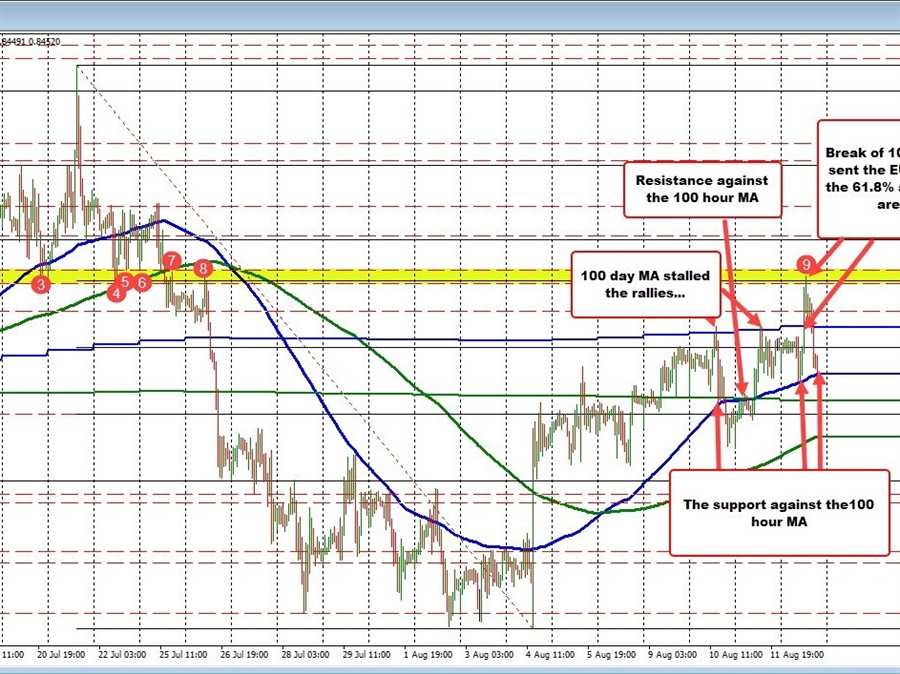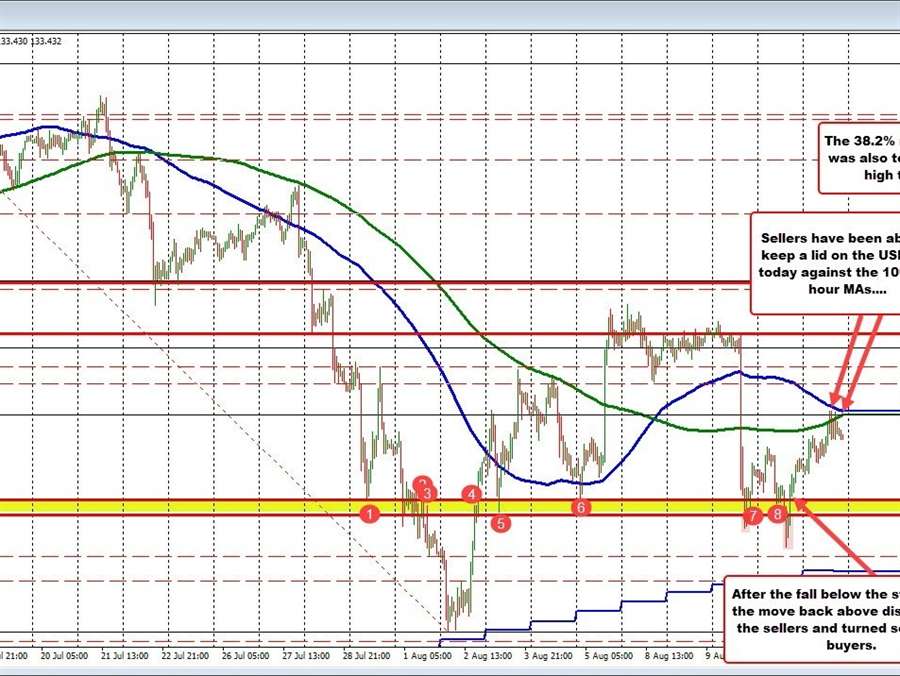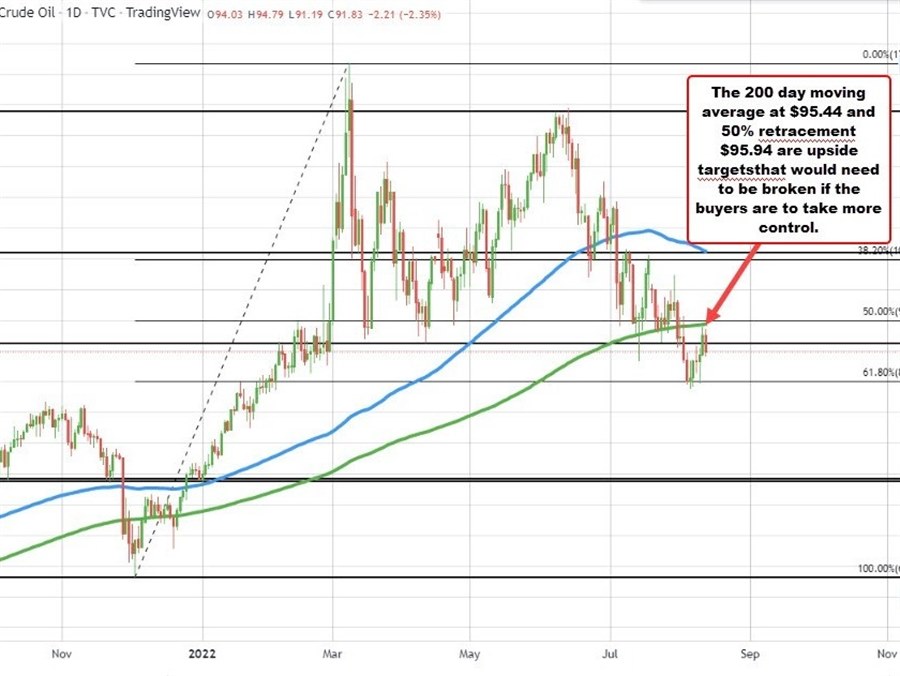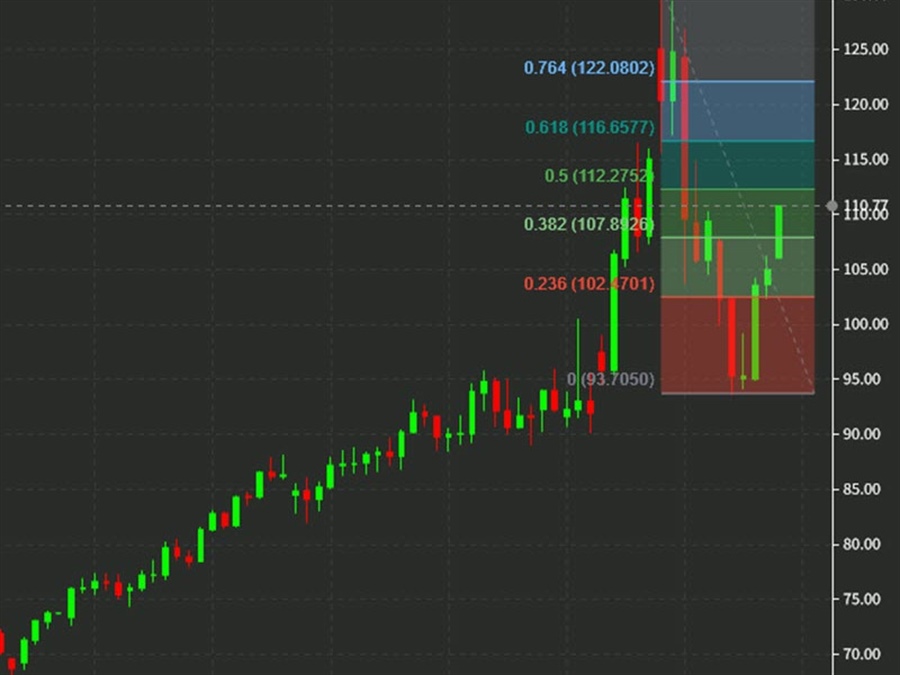The strongest to weakest of the major currencies
As North American traders enter for the day, the JPY is the strongest and the NZD is the weakest. The USD is leaning more to the upside with declines vs the JPY the only negative move. The greenback is higher vs the other major currencies Read this Term
Although the USDJPY is fairly steady, the EURJPY has broken below its 100 hour moving average at 135.592 (trades at 135.26 currently). The break is the first with a close below the moving average since March 8.
GBPJPY has moved back below its 200 hour moving average near 160.23 (trades at 159.92 currently). The NZDJPY is also dipping below its 200 hour moving average and 84.478 for the first time since February 28.
Biden is said to announce a 1M BPD release from the strategic petroleum reserve (SPR) for a six-month time period in an effort to bring down the price of oil. The planned move is working today with crude oil Read this Term
China’s PMI index fell below the 50 level to 49.5 as Covid shutdowns, higher oil prices continue to shudder the economy. Shanghai lockdowns are likely to continue with reports that it might go past the scheduled end data Friday.
US core PCE data will be released at 8:30 AM ET. The month-to-month increase is expected at 0.4% and the year on year at 5.5% up from 5.2%. The core PCE is a favorite measure of inflation for the Federal Reserve. Personal income and personal spending will also be released. The weekly initial jobs claims which fell to lowest level since 1979 last week are expected at 197K versus 187K last week.
In other markets as North American traders enter for the day.
Spot gold is trading down $1.20 or -0.06% at $1931.37
Spot silver up two cents or 0.07% at $24.86
Spot crude oil is trading down $5.71 or -5.33% at $102.10.
Bitcoin is trading at $47,155 that’s up about $87 or 0.19% on the day
In the premarket for US stocks, the major indices are trading lower:
Dow industrial average down -24 points after yesterday’s -65.3 point decline
S&P index up 1 point after yesterday’s -29.15 point decline
NASDAQ index is up 35 points after yesterday’s -177.36 point decline
In the European equity markets, the major indices are mostly lower with the exception of the UK’s FTSE 100
German DAX, down -0.4%
France’s CAC, down -0.6%
UK’s FTSE 100 down 0.2%
Spain’s Ibex, down -0.35%
Italy’s FTSE MIB down -0.2%
In the US debt market, US yields are lower across the board, with the two – 10 year spread remaining steady near three basis points
US yields are lower today
In the European debt market, the snapshot of the benchmark 10 year yields are all moving sharply to the downside with declines of -8 to-10 basis points in most of the country yields
European benchmark 10 year yields are lower across the board
:
ADVERTISEMENT – CONTINUE READING BELOW












